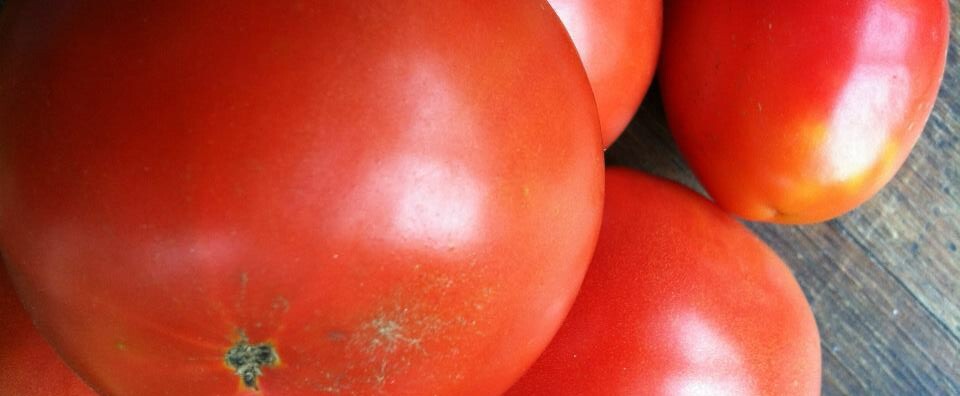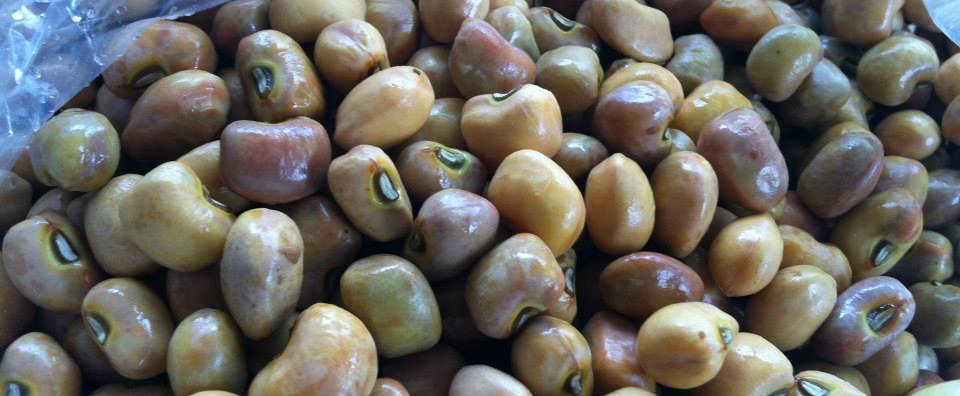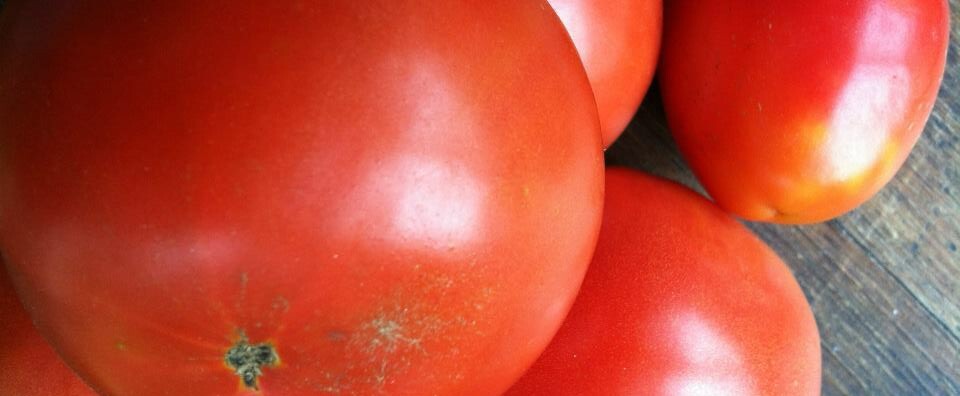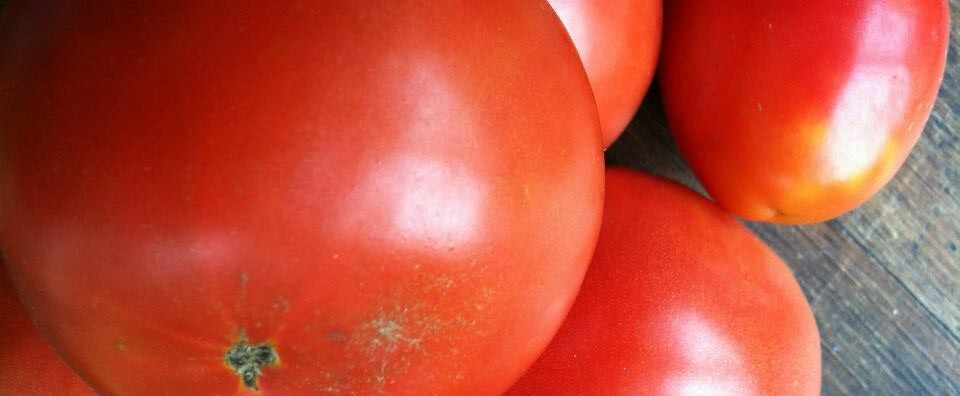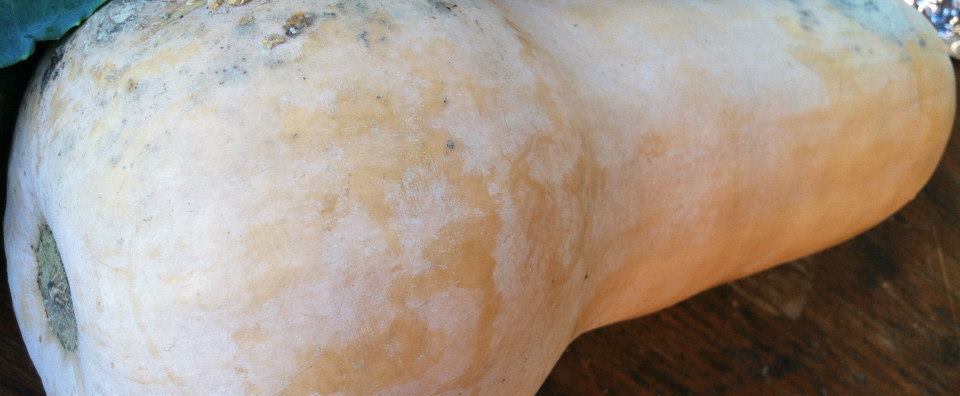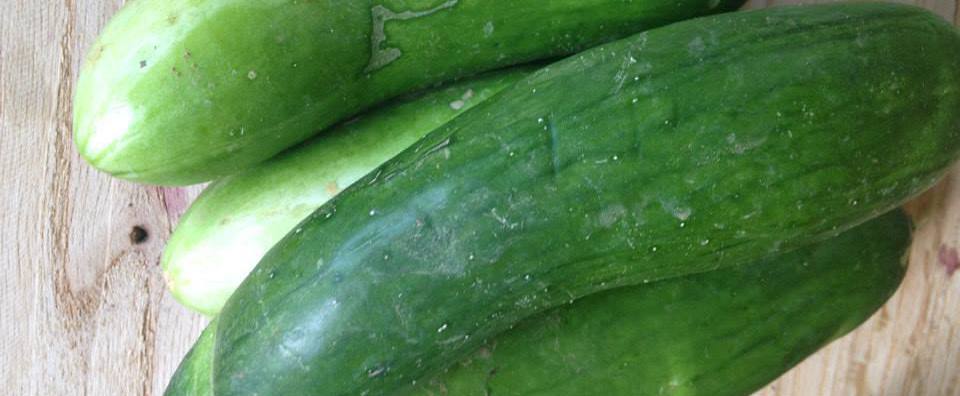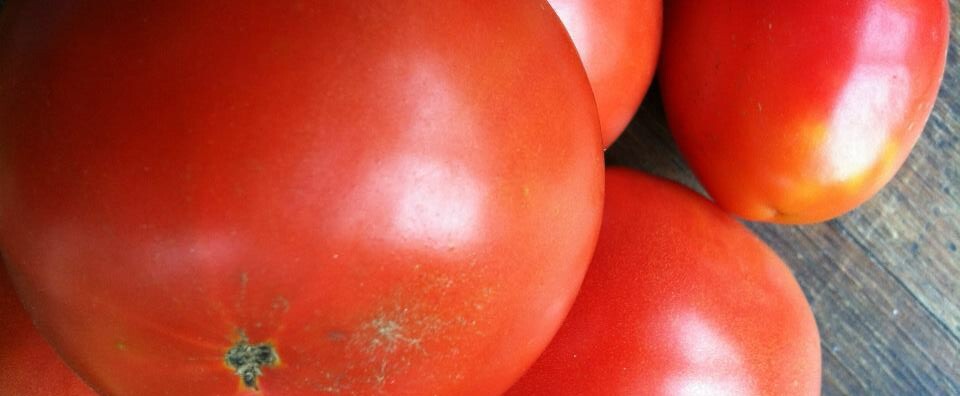And all those gorgeous tomatoes! So here’s my favorite tomato sandwich. You might want to try this if you’re over your fixation with white bread and mayo. You’ll need a crusty loaf of bread like a ciabatta. Split the bread in half and layer on sliced tomatoes, olive oil, sliced fresh garlic, capers, anchovy (optional as always) and basil. Throw on a splash of red wine vinegar. Close up the loaf and let the ingredients sit for at least an hour. Eat it outside.
Your basil, like mine, probably looked pretty wilted. Do not throw it out! It’s still perfectly wonderful for a sandwich like the one above, or you can do what I did last week with mine – make ice cream. There’s a wonderful new book out, Jeni’s Splendid Ice Creams at Home. She makes a vanilla ice cream base and then suggests adding a bunch of basil to the ice cream mixture as it cools. Strain out the ice cream before freezing. Amazing. Then, to make it even more wonderful, she suggests caramelizing some pine nuts in honey with just a bit of butter, salting the mixture, and then stirring it into the finished ice cream for storage. Salty-sweet-buttery nuts, basil ice cream. Fabulous. I saved a little money and used half pine nuts/half pumpkin seeds. Perfect.
Don’t want to make ice cream? Try the minestrone recipe below, with its bonus recipe for a basil pistou made with almonds and tomato. Or throw the basil in the freezer (yes, well wrapped please) and pull it out when you want to make a big pot of pasta fagioli this fall. Tie the basil into a bunch and then you can just fish it out of the finished soup. Or chop it up and throw it into your next batch of spaghetti sauce. Wilted, slightly browned, none of that will matter.
And if you need another idea for tomatoes and squash, how about this pasta?
Our box held a mix of tomatoes today. Use the smaller, meatier ones for this recipe, which means leaving the big juicier specimens for your favorite sandwich. Serves 4.

